Úbeda (Spanish pronunciation: [ˈuβeða]) is a municipality of Spain located in the province of Jaén, Andalusia.
The town lies on the southern ridge of the so-called Loma de Úbeda, a table sandwiched in between the Guadalquivir and the Guadalimar river beds.
Both this town and the neighbouring Baeza benefited from extensive patronage in the early 16th century resulting in the construction of a series of Renaissance style palaces and churches, which have been preserved ever since. In 2003, UNESCO declared the historic centres and landmarks of these two towns a World Heritage Site. As of 2017, the municipality has a registered population of 34,733, ranking it as the fourth most populated municipality in the province.
Úbeda (Spanish pronunciation: [ˈuβeða]) is a municipality of Spain located in the province of Jaén, Andalusia.
The town lies on the southern ridge of the so-called Loma de Úbeda, a table sandwiched in between the Guadalquivir and the Guadalimar river beds.
Both this town and the neighbouring Baeza benefited from extensive patronage in the early 16th century resulting in the construction of a series of Renaissance style palaces and churches, which have been preserved ever since. In 2003, UNESCO declared the historic centres and landmarks of these two towns a World Heritage Site. As of 2017, the municipality has a registered population of 34,733, ranking it as the fourth most populated municipality in the province.
Legend has it that Úbeda was established by Tubal, a descendant of Noah. The city's name is said to have originated from the mythical tower of King Ibiut.
Archaeological evidence indicates the earliest settlements in Úbeda going back to the Copper Age, and are situated in the oldest part of town known as Cerro del Alcázar. Recent archaeological investigations have revealed a history spanning six millennia; thus, Úbeda stands as the "oldest city, scientifically substantiated, in Western Europe". This assertion comes from the research team led by Professor Francisco Nocete, based on findings from 35 Carbon-14 datings conducted at the Las Eras del Alcázar site.[1][2]
There are remnants from the Chalcolithic, Argaric, Oretanian, Visigothic, and Late Roman periods in the Alcázar. There was a sistering Iberian settlement nearby called Iltiraka, later incorporated into the Roman colony of Salaria and was known as Old Úbeda or Ubeda Vethula. Greeks arrived in Úbeda seeking trade, followed by the Carthaginians with imperialist aims, but both were defeated by the Romans after prolonged conflicts.
During the Roman Empire, following the Battle of Ilipa in 206 BCE, the ancient Iberian city-state underwent Romanization, becoming known as Betula. It became a hub for various scattered populations. In the Gothic era, the Vandals destroyed the region, leading the inhabitants to consolidate in what is now known as Bétula Nova, though the reasons for this are unclear.
The city regained significance with the arrival of the Arabs, notably under Abderramán II, who reestablished it as Ubbada or Ubbadat Al-Arab —Úbeda "of the Arabs"—, aiming to control the neighboring Mozarabs of Baeza. In the 11th century, it was contested among the taifa kingdoms of Almería, Granada, Toledo, and Seville until its eventual conquest by the Almoravids. As a Muslim city, it expanded its defensive walls and flourished as one of Al-Andalus' most important centers due to its thriving craftsmanship and trade. Thus, it became a prosperous and strategic stronghold.[3]
During the year 1091, Úbeda was forcibly surrendered to Alfonso VI by the king of Toledo amidst internal rebellion among the Andalusian Moors. Throughout the 12th century, Castilian kings intensified pressure on the region, leading to Úbeda being mentioned in historical records primarily for its involvement in military conflicts. The city experienced significant devastation and changes of control, including a massacre by crusaders in the battle of 1212.
During the Reconquista, in 1233, King Ferdinand III took the city as a part of the Kingdom of Castile.[3] The Úbeda's terretories increased substantially, including the area from Torres de Acún (Granada) to Santisteban del Puerto, passing by cities like Albánchez de Úbeda, Huesa and Canena, and, in the middle of the 16th century it also included Cabra del Santo Cristo, Quesada or Torreperogil.[citation needed]
During the 14th and the 15th centuries, the differences between the local nobility and population impaired the growth of the town. In 1368, the city was damaged during the Castilian Civil War between Peter I of Castile and Henry II of Castile. This, combined with other circumstances, caused the worsening of the rivalry between the families de Trapera and de Aranda at first, and the families de la Cueva and de Molina after. This political instability was solved when the Catholic Monarchs ruled: they ordered the Alcázar, used by the nobility as a fortress, was destroyed.
Úbeda, on the border between Granada and Castile-La Mancha, was an important geographic buffer, and thus the population gained from the Castilian kings, a number of official privileges, such as the "Fuero de Cuenca", which organized the population formed by people from Castilla and from León, in order to face the problems that there could be in the borders. Through the "Fuero de Cuenca", a popular Council was formed, which developed a middle-class nobility, which made the high-ranking official hereditary.
During the 16th century, these important Castilian aristocratic families from Úbeda reached top positions in the Spanish Monarchy administration. Notably, Francisco de los Cobos and his nephew Juan Vazquez de Molina became Secretary of State for Holy Roman Emperor Charles V and Philip II respectively. The Viceroy of Peru Pedro de Toledo, the governor of the Canary Islands Juan de Rivera y Zambrana, the Marquis of Messia or the Count of Guadiana are other examples of nobiliary families living in Úbeda at the time. Due to the patronage of arts of these competing families, Úbeda became a Renaissance focus in Spain and from there Renaissance architecture spread to the Kingdom of Seville and America.
The Holy Chapel of the Saviour of the World and Vazquez de Molina Palace, today the Council Town, were designed by the architects Diego de Siloé, Berruguete, and Andrés de Vandelvira, among others. This thriving period ended because of the 17th crisis. The last years of the 18th century, the town started to recover its economy, with the help of the agriculture and handmade industries.
In the early 19th century the War of Independence (this war against Napoleon is often called the "Peninsular War" in English) produced huge economic losses again, and the city did not boost until the end of the 19th century, when several technical improvements were applied in agriculture an industry. Ideological discussions took place at the "casinos", places for informal discussions about several items.
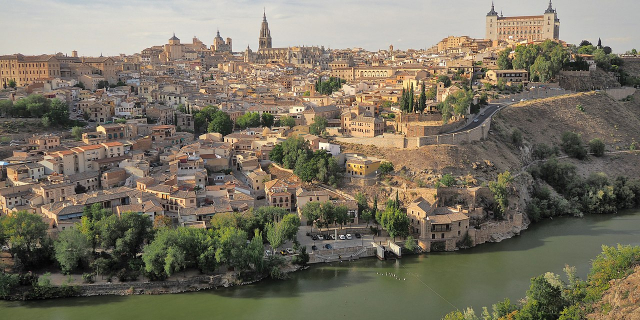




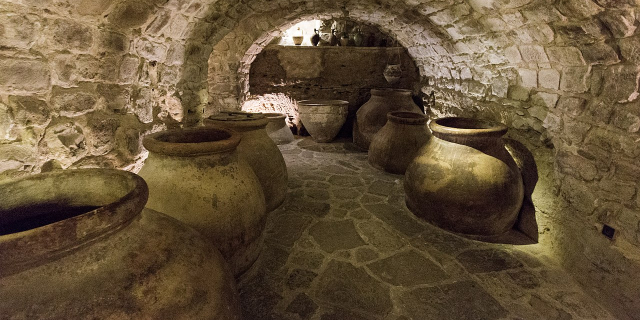





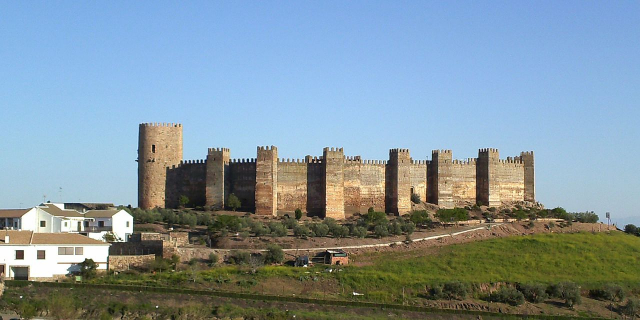
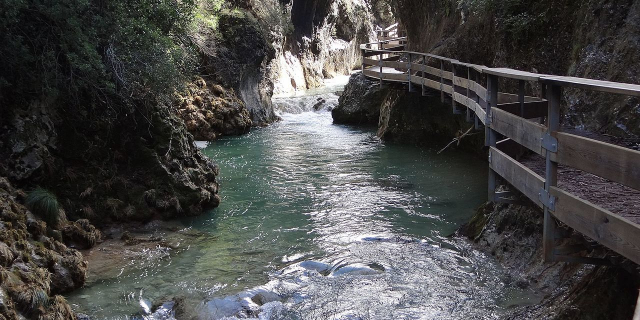



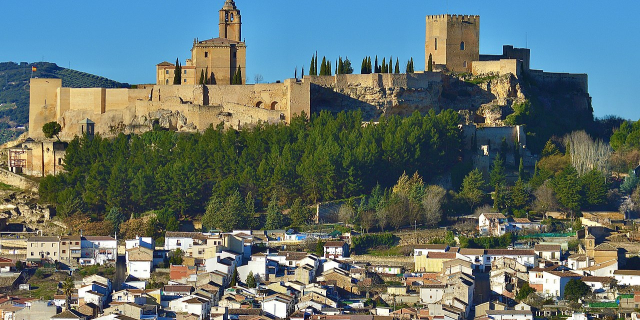










Add new comment